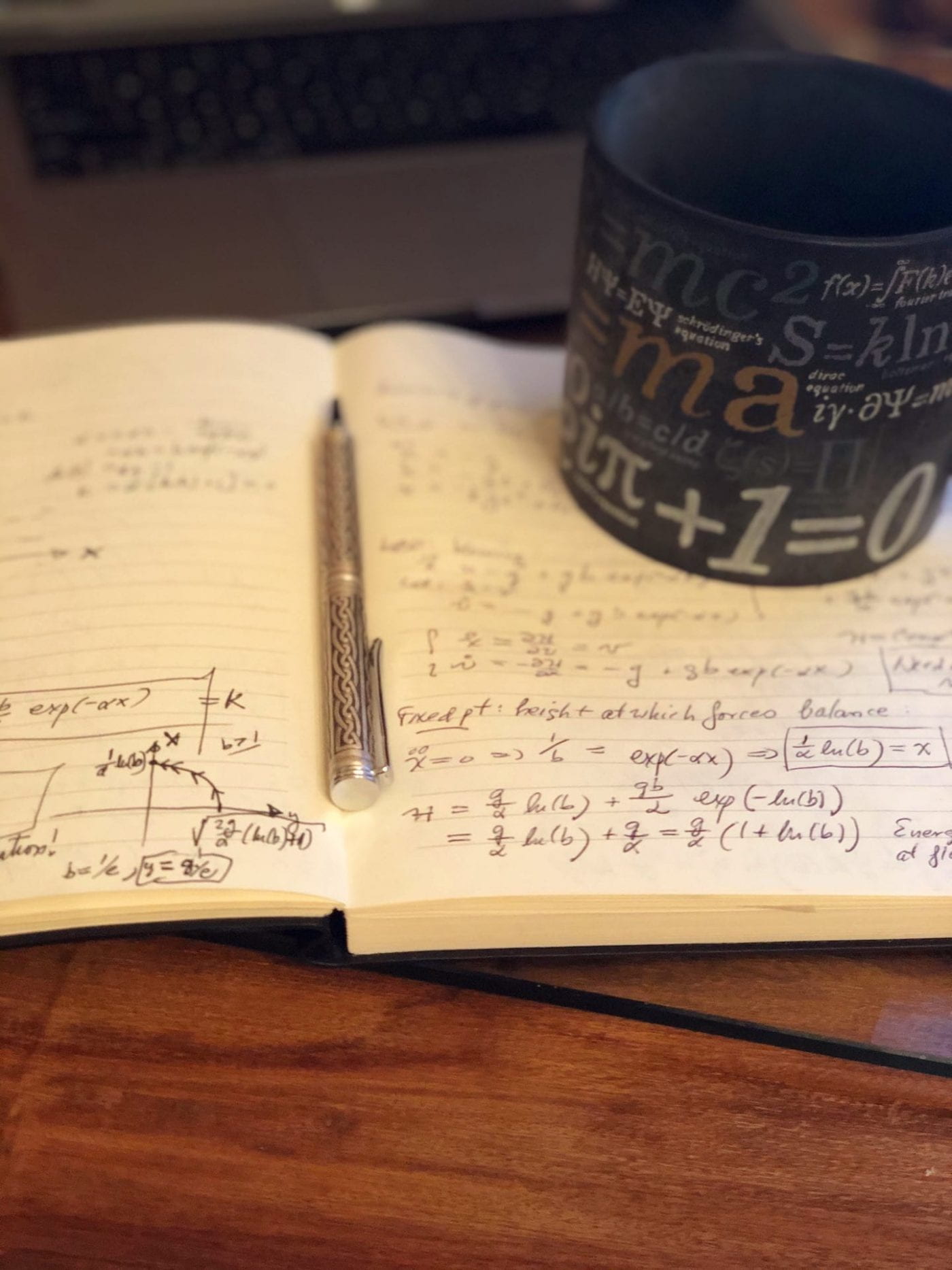
The modern theory of vortex lattices began in 1957 with the prediction by Abrikosov of the existence of triangular structures in what was then a new class of superconductor, called “superconductors of the second group,” now called type II superconductors. His prediction was an outgrowth of the newly developed theory of superconductivity by Ginzburg and Landau (1950) in which they used a wave function as their “order parameter” to study the superconducting phase transition. Abrikosov wondered what would happen when the “Ginzburg–Landau” parameter exceeded the critical value 1/ 2, in which case the surface energy of the material becomes negative. He predicted it would be possible for the material to produce periodic arrays of aligned magnetic flux tubes, with quantized values, penetrating the specimen parallel to the applied magnetic field. He also argued that the geometric configuration which would minimize the free energy of the system, in an isotropic medium, should be triangular. Higher energy configurations, such as square or hexagonal lattices, should be possible in substances with crystalline symmetries that would “impose” these symmetries on the lattice and, ironically, it is the square lattice that Abrikosov shows in his 1957 publication, despite the fact that triangular lattices are now most associated with his name. Interestingly, his prediction, first made in 1953, did not create much of a stir since Landau and others did not believe in the possibility of a vortex lattice incommensurable with the crystalline structure which supports it (see the recollections in Abrikosov’s Nobel lecture (2004)). However, after Feynman’s (1955) publication on vortex tubes in superfluid helium with quantized circulations, the idea seemed more palatable. The association between Planck’s constant and the vortex circulations, along with the fact that the rotational frequency of the lattice can be calculated from knowledge of the lattice pattern, implies that, in principle, Planck’s constant (a microscopic quantity) can be calculated given sufficiently accurate measurements of macroscopic quantities, an intriguing but currently impractical possibility.
Our group has focused predominantly on lattices made up of collections of N point-vortices, both in the plane and on curved surfaces (spheres), their formation, their stability, their subsequent nonlinear dynamics when perturbed, and as initial conditions for the Navier-Stokes equations undergoing subsequent diffusion. These fixed and relative equilibrium patterns arise as solutions to variational problems in which the vortex Hamiltonian (derived from the Euler equations) is minimized subject to the constraint that the angular impulse is maintained. Our group has made significant progress by formulating the problem in terms of interparticle distances between the N vortices, which leads to an analysis of a non-normal configuration matrix whose nullspace structure determines the existence or non-existence of a lattice. The featured image on this page was created by Henry Segerman.
Here are four papers to read where you can learn more about our approach. See full publication list for others.
- H Aref, PK Newton, MA Stremler, T Tokieda, DL Vainchtein, Vortex crystals, Adv. in Appl. Math Vol 39 1-79 (2003)
- MI Jamaloodeen, PK Newton, The N-vortex problem on a rotating sphere. II. Heterogeneous Platonic solid equilibria, Proc. Roy. Soc. A 462 3277-3299 (2006)
- PK Newton, G Chamoun, Vortex lattice theory: A particle interactive perspective, SIAM Review 51(3) 501-542 (2009)
- PK Newton, T Sakajo, Point vortex equilibria and optimal packings of circles on a sphere, Proc. Roy. Soc. A 467(2129) 1468-1490 (2010)


